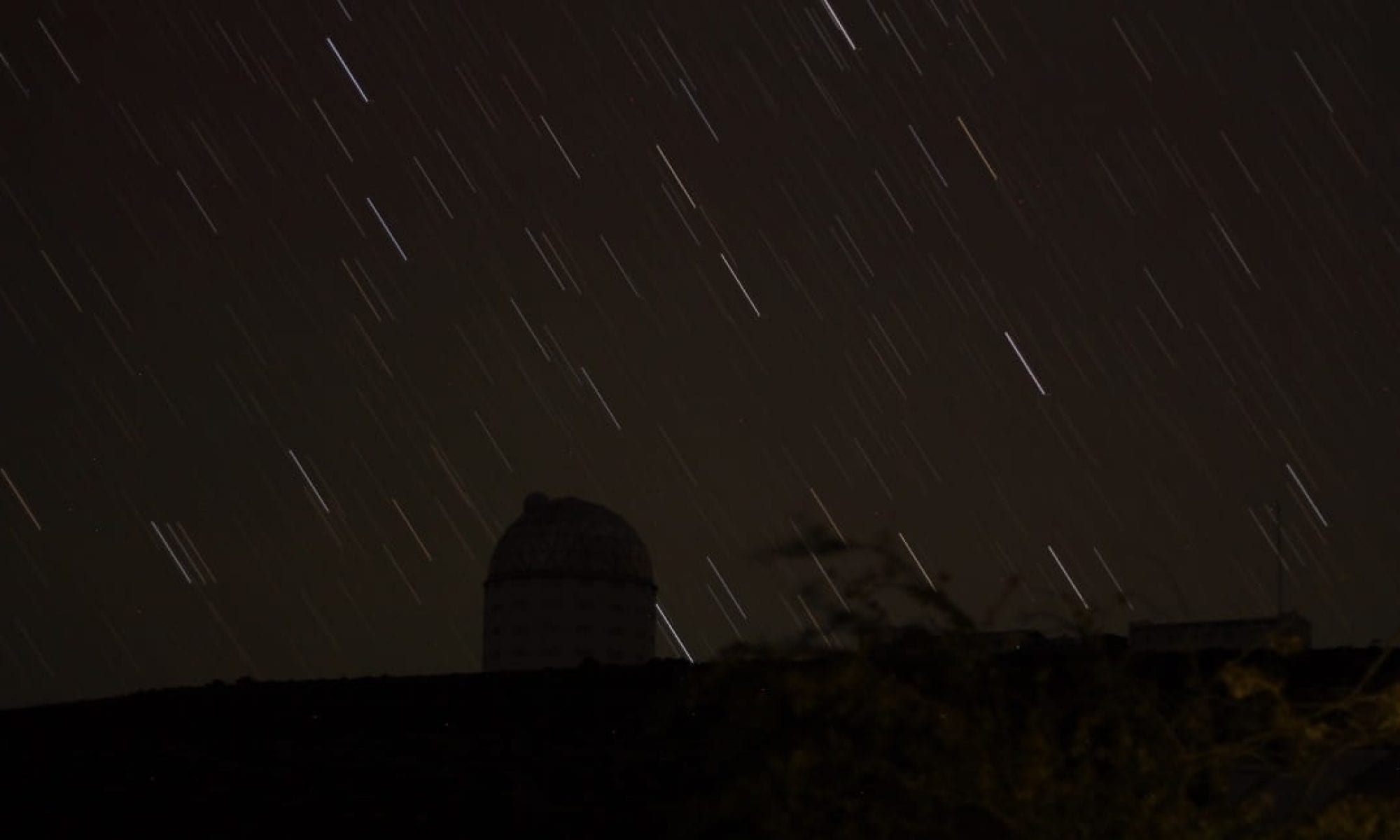Current:
Currently, I am continuing to work with Brian on a variety of projects. One is using photometry of LMC clusters to look for evidence of multiple populations. All Milky Way GCs that have been looked at hard enough show evidence for multiple populations. Determining if this is a feature of the MW or is universal is important in understanding the formation mechanism of globular clusters. Our first paper with these results can be found here. We have another paper or two in prep about these clusters.
I also specialize in metal-poor stars, which are an untested regime for stellar models. Using Gaia data and high resolution spectroscopy, we can compare stellar models to real stars. They don’t seem to work too well for these metal-poor stars, which is something the modelers need to work on! A paper about these results is also in prep and will be greatly enhanced once Gaia DR3 is released. This is a continuation of work that a former graduate student at Dartmouth performed. This past work can be seen here.
My other research topic are RR Lyrae, specifically on how to better use RR Lyrae measurements to constrain the Hubble constant. We have high resolution spectroscopy and mid-infrared light curves for quite a few RR Lyrae. We hope this can constrain the Hubble constant and see if it matches similar findings!
2015-2016:
My first year project was on MLS0720+17 under Dr. John Thorstensen. I wrote a little paper (MLS0720) about the discovery of a probable SW Sextantis Cataclysmic Variable.
UVA:
While at UVA, I worked on a variety of projects. I worked in U.Va.’s Solid Polarized Target Group under Dr. Donald Crabb. We studied the structure of the neutron using target material and particle accelerators. I learned many skills that are involved in working in a lab environment from soldering to chemistry to pure engineering.
I also was Principal Investigator for the JefferSat project in the academic year 2013-2014. We created a CubeSat to measure radiation in the upper atmosphere. This was important since airline workers tend to get more exposure to radiation than radiation workers are allowed to! JefferSat was supposed to fly on NASA’s HASP balloon that was sadly delayed until I was no longer working on this project.
I spent one summer at the University of Oklahoma on an REU. I worked with Mukremin Kilic looking for dust disks around white dwarfs. This is one way to see if larger stars used to have exoplanets around them.
Observing:
Doing observations is one of the most important jobs as an astronomer. While at UVA, I took Introduction to Astronomical Observations with Mike Skrutskie. With him, we used McCormick Observatory and Fan Mountain to do real observations and data reduction. At Dartmouth, I have observed at MDM in Arizona, La Silla in Chile, and SAAO in South Africa. Overall I have almost 12 weeks total observing experience.
